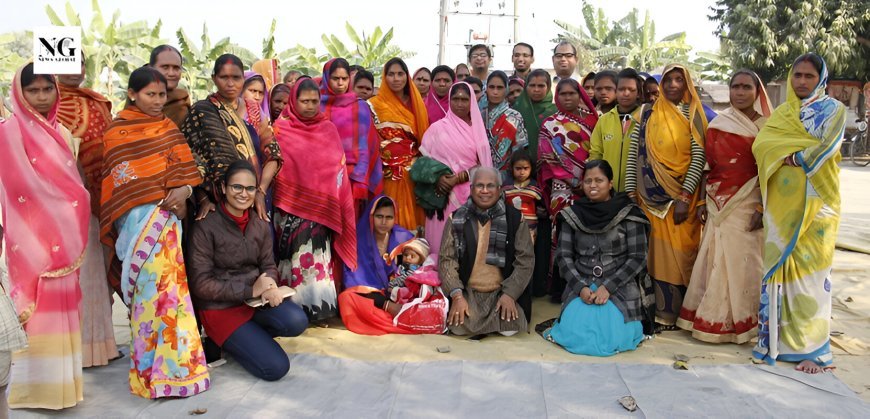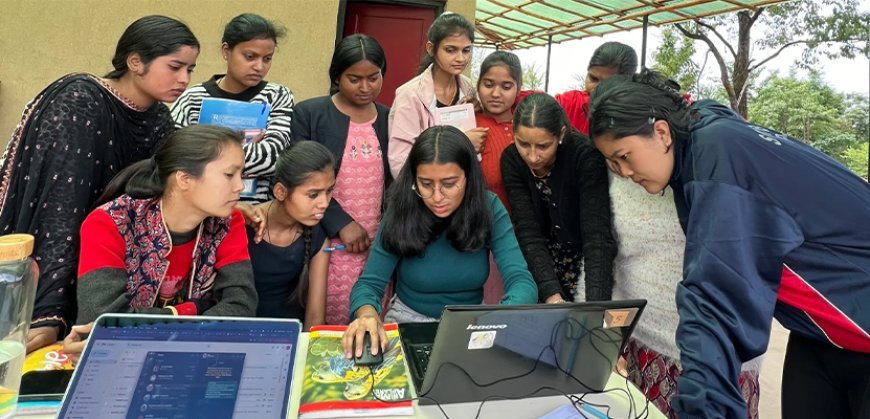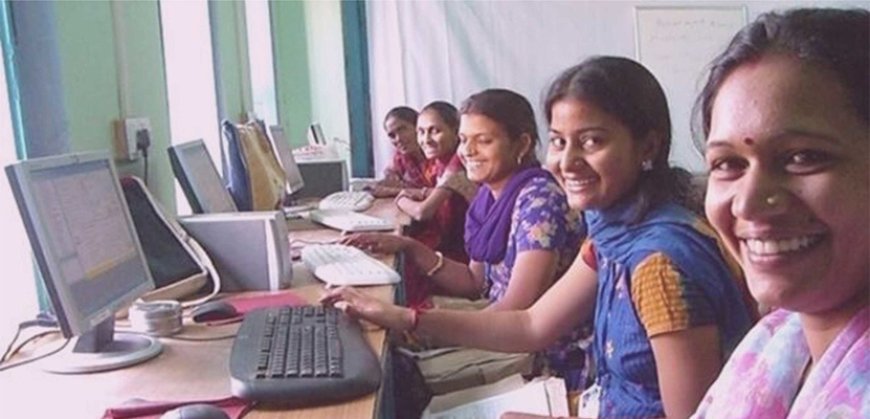Invisible Innovators: How Rural Women Are Powering India’s Silent Revolution
What if the quiet efforts of rural women are secretly reshaping India’s economy, communities, and future?

Underneath the surface of rural economies, a steady restructuring unfolds, guided by women’s cooperation and financial ingenuity. As they organize, cultivate, and invest, new forms of agency begin to shape community outcomes. Evidence from India and beyond confirms this evolution: increased prosperity, joint decision-making, and a web of social capital redefining how development takes root.
Silent economic engines
Tying savings to enterprise through women’s self-help groups improves the performance of microbusinesses while providing buffers against risk and encouraging asset formation in livestock, equipment, and goods. The synergy between microfinance and group entrepreneurship amplifies women’s income potential and negotiating power, showing measurable progress in social position and economic agency. Rural women-led MSMEs grow more robustly when financing tools, payment infrastructure, and distribution frameworks are customized for thin markets, extending local production cycles and employment.
Collective power, visible outcomes
India’s SHG movement has scaled to tens of millions, with bank credit to women’s SHGs crossing multi-lakh-crore levels and average per-member credit enabling livelihood diversification beyond traditional trades. Participation boosts household financial decisions and local forum attendance, indicating confidence and civic voice gains that spill over into education and health choices. Studies from Rajasthan and Uttar Pradesh report higher household incomes, new enterprises, and cross-caste cohesion when women organize, even under inflationary stress.
Gender-transformative agriculture
Initiatives that involve men, reallocate household work, and acknowledge women’s insights have shown positive outcomes in raising efficiency, lowering disputes, and supporting collaborative management of agricultural investments. Community-led initiatives such as plant clinics extend advisory access to women, gradually redefining leadership roles within agronomy. Adopting a gender-responsive agrifood systems perspective helps uncover trade-offs and craft inclusive, resilient development paths that position women at the heart of climate and market responsiveness
From microfinance to macro effects
Credit per SHG has risen markedly in recent years, reflecting institutional trust and improved group financial management, with cumulative lending signaling systemic scale. Evidence links SHG participation to declines in school dropout for girls and better maternal health awareness where women’s groups integrate finance with social services.

IFAD and allied institutions now mainstream gender equality as a core lever for rural development returns, emphasizing structured measurement and sustained investments.
Barriers that persist
Mobility constraints, safety concerns, and limited market access still mute potential; in some contexts, most women have never visited a market alone, curbing price discovery and networks. Governance gaps in groups, uneven digital access, and fragile links to formal finance can limit scale and long-run sustainability without targeted support and safeguards.Structural bias in value chains and local bodies can blunt women’s leadership unless programs explicitly shift norms and embed accountability for equal participation.
Invest in Rural Women’s Empowerment
Invest early in norm-change dialogues alongside technical training so that income gains come with voice, time equity, and conflict reduction at home and in communities. Design finance for rural realities: working-capital cycles, seasonality buffers, embedded advisory, and secure digital rails that fit low-connectivity environments. Back federations and producer organizations that help women negotiate input prices, aggregation, and market access, locking in scale economies and policy influence.
Case signals of revolution
Kerala’s Kudumbashree shows large-scale, women-led poverty reduction with rising earnings and intergenerational education benefits when finance, skills, and community mobilization align. District-level surges in SHG density correlate with enterprise diversification into higher-value activities, including agro-processing and exports where facilitation exists. Empirical studies across India tie SHGs and microenterprise to measurable jumps in independence, decision-making, and civic participation, which are key markers of durable empowerment.
Importance of Invisible Work in Rural Empowerment
Much of this progress accrues through everyday practices, such as savings circles, joint ledgers, and shared agronomy decisions, which are rarely captured in headline metrics yet compound locally. These shifts rewire institutions from the ground up, turning women’s networks into policy constituencies and market actors that stabilize rural economies in crises. Recognizing and resourcing this silent architecture accelerates inclusive growth and strengthens democratic participation where it is most granular and enduring.
Policy and practice priorities
Tie public credit lines to capacity-building and market linkages, not just loan volumes, and measure agency outcomes alongside income. Expand safe-mobility and caregiving infrastructure so time and movement no longer cap opportunity, especially for market access and leadership roles.

Institutionalize gender-transformative approaches in agriculture projects, budgeting for facilitation, monitoring, and community advocacy over multi-year horizons.
Conclusion
In sum, rural women’s collective finance, norm-aware agriculture, and MSME ecosystems are the scaffolding of silent revolutions, compounding gains in income, voice, and resilience that anchor inclusive rural transformation.
FAQs
What are “silent revolutions” led by rural women?
They are gradual, transformative changes in rural economies and communities, driven by women through savings, microenterprises, and collective decision-making.
How do self-help groups (SHGs) empower women?
SHGs provide credit, savings, and business support, helping women earn, manage assets, and gain economic influence.
Can SHGs improve social participation?
Yes. Women involved in SHGs are more active in household decisions, local forums, education, and health initiatives.
What is gender-transformative agriculture?
It involves sharing household work, including women’s input in farming decisions, which boosts efficiency, reduces conflicts, and builds leadership.
What barriers do rural women face?
Limited mobility, safety concerns, poor market access, digital gaps, and structural bias in value chains reduce opportunities and scale.

 Admin
Admin